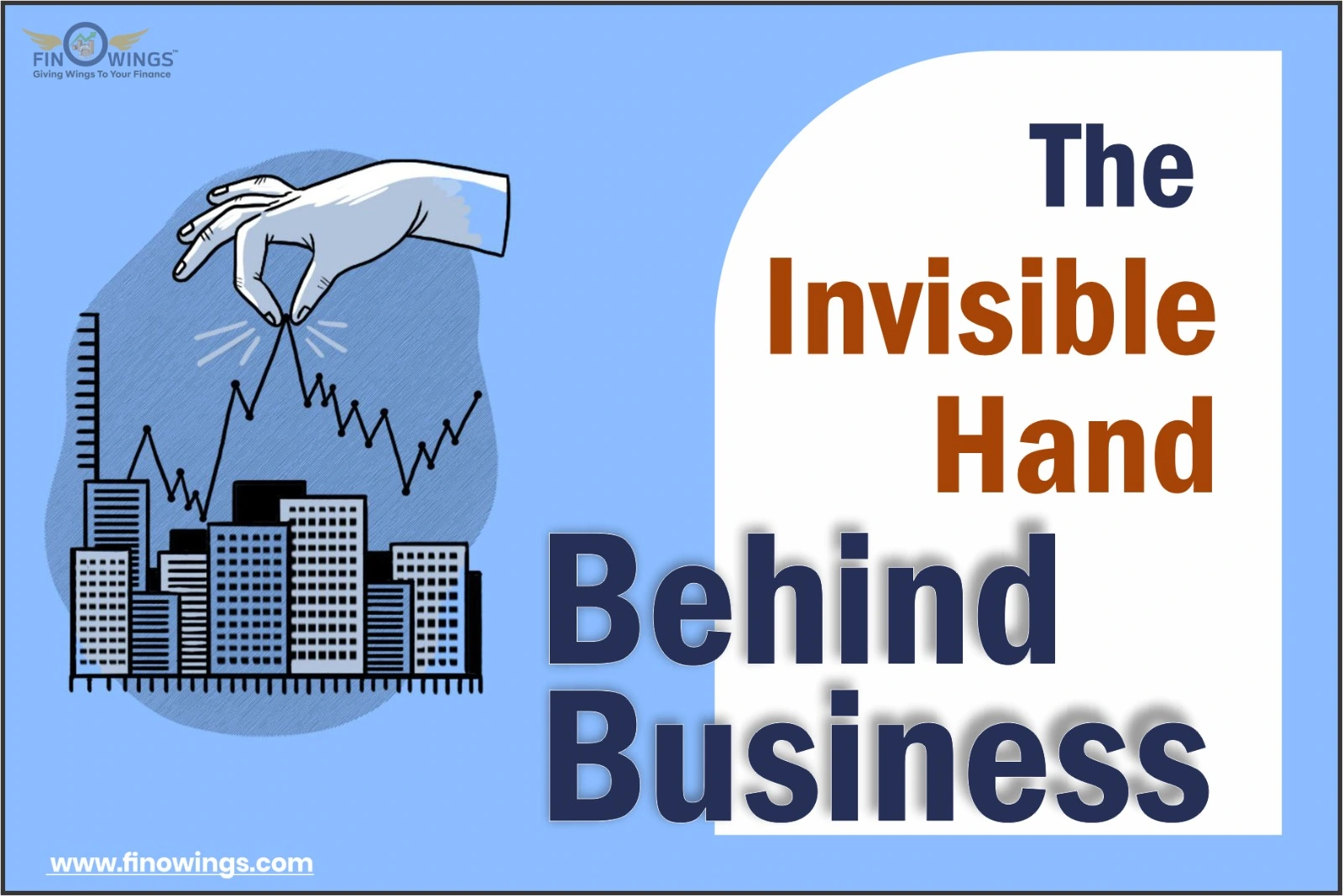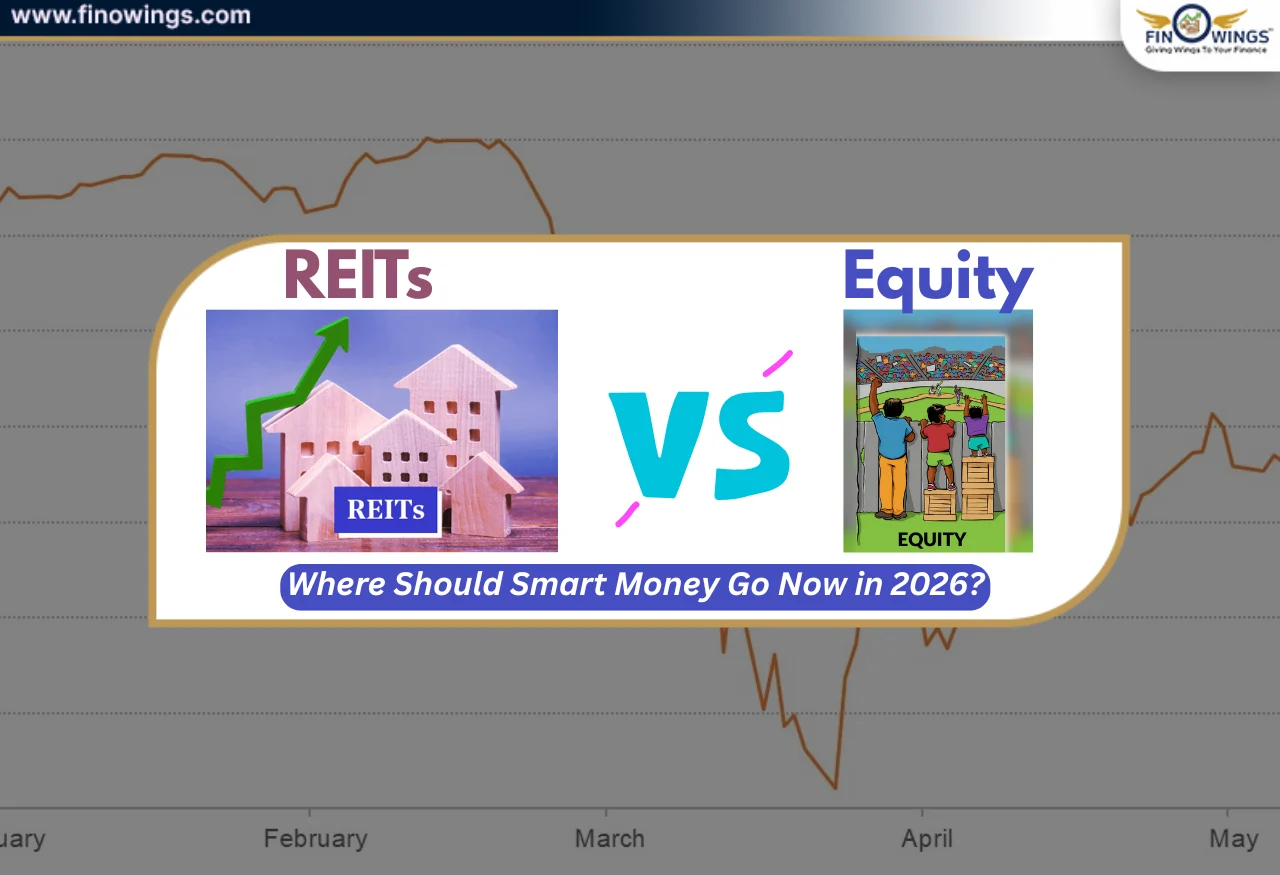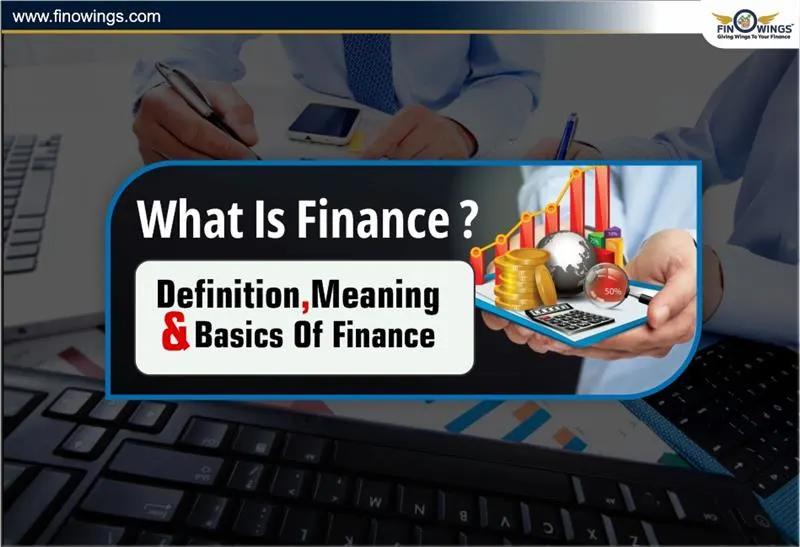Home >> Blog >> The Invisible Hand behind Business
The Invisible Hand behind Business

Table of Contents
As a society, we are always in dire need of materials for sustenance. Since the earliest, we as a society have conducted business, whether as simple as a barter system, where one person exchanged his/her goods with another of whatever value they mutually held. Or it could be exchanging coins made of precious or semi-precious metals to satisfy their needs for food, shelter, clothes, or even recreational needs. We have always tried to fulfil our needs in one way or the other. Merchants have always existed so that trade could take place. Whether it was a king who asked for taxes in return for his services and land or a small craftsman who charged for their goods. Economics (or transfer of wealth) has always existed in the "free market" between every seller and buyer of any background. In business, we all are either buyers or sellers of goods. In simple words, business is a cycle of demand and supply. In this simple process of trade and exchange, the driving force is self-interest and the necessities of the buyer and the seller. This force of business trade is metaphorically known as the invisible hand.
1.1 The origin of the the term ‘invisible hand’
The term invisible hand was introduced by one of the fathers of economics, Adam Smith. In the 18th century, Adam Smith's book "The Wealth of Nations" described the term for the first time. The book describes how the modern capitalist structure of economies is forerunning the traditional market system. It makes substantial arguments in favour of imports while describing how individuals simultaneously push for domestic investment over foreign investment, elements that combine to exclaim people's self-interested behaviour. This discussion of self-interested behaviour prompted Smith to use the famous term, the invisible hand.
1.2 The meaning of the invisible hand
The term invisible hand does not mean a hand, but it symbolises a deeper meaning of unseen business forces which promote trade in the free market. When trade takes place between a private seller and an individual buyer, it fulfils both the need for supply and demand. The exchange takes place through one's self-interest and necessities. These self- interests and necessities are seen as an invisible hand.
The free market has the freedom of production and consumption, which satisfies both the individuals in the trade. When a customer's demand for goods is fulfilled exactly the way he/she wants by the seller, and the seller is satisfied by the exact profit that he wishes from the customer, the flow of trade has an equilibrium that is not disturbed by any external forces (government), the economy shapes into a free market. The invisible hand in this free market is the individuals' goals, competition, and wishes. These are not regulated and introduced by any higher authority, but it is the needs of the common people who choose their costs and interests in goods.
The invisible hand is like a catalyst that promotes business growth for society's greater good by stimulating individuals' self-interests. The competition between the profit-seeking producers will produce new goods at a better price, and the consumers with a high demand for selected goods will offer higher and more suitable prices to the market by which there will be neither an excessive surplus of goods nor a shortage of it. This will bring competition among the producers as it motivates them to bring new strategies to develop their business by either providing better prices or better quality of the goods to the people. The producers benefit from the fact that they can produce any quantity or quality of goods they wish to supply to their consumers. The consumer, in return, will always demand new products, and the producers will offer newer and better goods that satisfy their self-interest in better and cheaper products. Therefore the basic principle of the new and large demand for goods and better supply is always fulfilled.
3.1 For example,
Two people, A & B, are selling plywood simultaneously at the same price. If A lowers its price to attract consumers, then to compete with A, B will either lower its price more than A or provide a better quality of plywood. So then, to compete with B, A will bring new offers to its plywood to attract customers. The customers, in return, will buy from both manufacturers as they keep on satisfying his/her interests.
As Adam Smith mentioned in his book, "It is not from the benevolence of the Butcher, the Brewer or the Baker that we expect our dinner, but from their regard to their interest," which meant that the market does not work for the goodwill of each other but it is an institution that works for the self-interest and competition. A buyer wishes to buy the best product at the lowest price, and the seller wishes to sell his new goods in the market at his best price in large numbers. The balance of the invisible hand, which is of self-interests and goals, accelerates the country's economy.
To produce this invisible hand in trade, economists have suggested applying the "Laissez Faire" philosophy to the markets.
It was an 18th-century economic theory that opposed all government regulation and participation in commercial activities. The term laissez-faire is a French word that translates to "let you do" or "leave alone”. The premise underlying this notion is that government intervention in trade should be as minimal as possible to promote the populace's business market and society.
If the people depend on the government for their economic interests, then the regulations and restrictions imposed by the government will hamper easy and free business.
4.1 How is Laissez Faire important for the invisible hand?
The force of the invisible hand is seen only when there is no government involvement in the markets. In Laissez- Faire business, the prices of the goods and the number of goods to be produced are decided by the traders or producers, which helps regulate business competition between each other and gives better prices and quality to the people with whom the trader has true knowledge. Laissez-faire economics is a key to free-market capitalism. The invisible hand works in a free-market economy. The supporters of Laissez Faire do not acknowledge any legislation or oversight of the government on the markets. They are against minimum wage duties, trade restrictions, and business taxes. Laissez-faire economists feel corporate taxes are a penalty for production.
4.2 Criticism on Invisible hand & Laissez Faire
Although the invisible hand runs upon everyone's self-interest, it fails to achieve the interest of the minimum wage workers. It satisfies the needs of a buyer and seller, but reaching an equilibrium in the economy can take a lot of time, and the country can face mass unemployment. The lower tier of workers in the trading business faces all the pressure of the free market's demand for goods at lower prices which hamper their income as their superiors cut the wages of workers or ask them to work overtime to balance their prices of goods with productivity.
That is when the government tries to help the people by guiding them or imposing a minimum wage. The government's regulations help the people for fair trade practices as a free market is very susceptible to corruption. While the supporters of laissez-faire argue that when individuals serve their interests first, the betterment of society will consequently follow. However, its opponent believes that laissez-faire causes poverty and economic inequities. The concept of allowing an economic system to go unchecked or uncorrected victimises or overlooks individuals who require support and direction. Not everyone knows the working of economics; the wage workers who work for sustenance rather than their self-interests and desires do not have the means to compete in the free market capitalist world. Therefore, the government has made regulations, unions, and associations to aid the workers.
The invisible hand successfully moves between traders and consumers for a better economy if the free market works with ethics and partial government regulations and control. The government should focus on protecting minimum wage workers while allowing traders to thrive in competition. Laissez Faire helped the modern economy when the government released international business and trade regulations. Freedom gives people of the country the self-responsibility to work for each other. Freedom from taxes can be helpful, but the government only thrives on taxes if the people pay limited taxes; both can contribute to the economic balance and growth.
Author
Frequently Asked Questions
Adam Smith's book "The Wealth of Nations" described the term invisible hand for the first time.
The term invisible hand does not mean a hand, but it symbolises unseen business forces which promote trade in the free market. When trade takes place between a private seller and an individual buyer, it fulfils both the need for supply and demand. The exchange takes place through one's self-interest and necessities. These self- interests and necessities are called an invisible hand.
The invisible hand works only when there is no government involvement in the markets. In Laissez- Faire business, the prices of the goods and the number of goods to be produced are decided by the traders or producers, which helps regulate business competition between each other and gives better prices and quality to the people with whom the trader has true knowledge.
Laissez-faire economics is a key to free-market capitalism. The supporters of Laissez Faire do not acknowledge any legislation or oversight of the



.webp)














